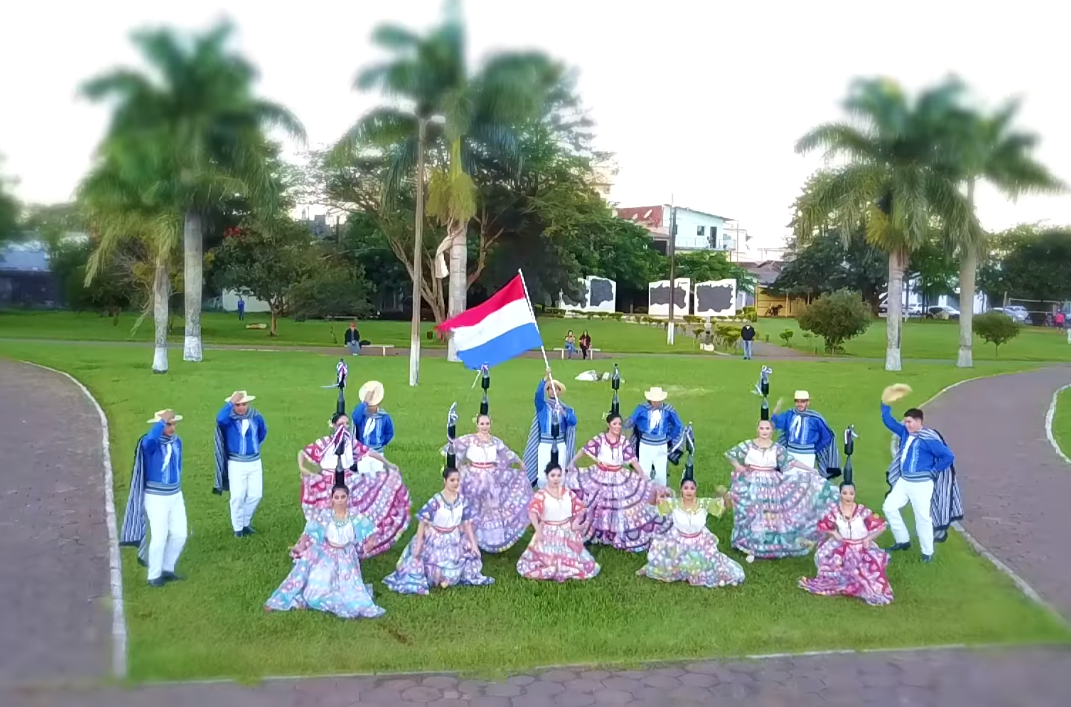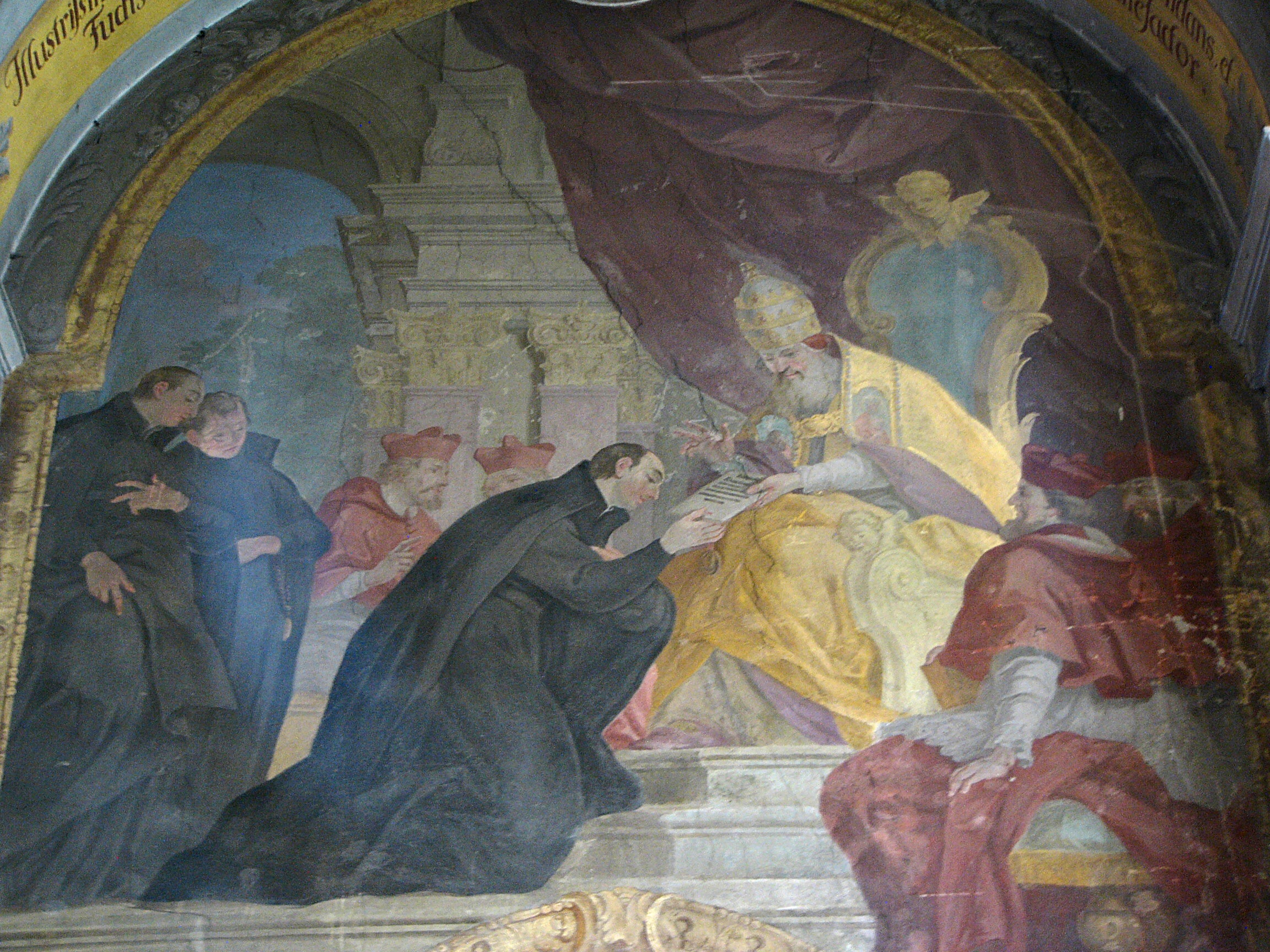|
Chamamé
Chamamé ( Guarani for: party, disorder) is a folk music genre from northeast Argentina and Argentine Mesopotamia. In 2020, Chamamé was inscribed in UNESCO's Intangible cultural heritage list after it was nominated by Argentina in 2018. Chamamé is also a traditional musical style appreciated in borders zone of South America, as Paraguay and Uruguay Jesuit reductions in the area encouraged cultural growth that lasted until the Jesuits were expelled by the Spanish Crown in the late 18th century. Within this area, Yapeyú, Corrientes was a centre of musical culture that many point to as the birthplace of the original Chamamé. Further mixing with instruments such as the Spanish guitar, then the violin and the accordion, finally resulted in what is currently known as "Chamamé". There are recordings of Chamamé dating back to the early 20th century, and the term 'Chamamé' was already used in 1931; this type of music, prior to that, was often referred to as the ''Corrientes ... [...More Info...] [...Related Items...] OR: [Wikipedia] [Google] [Baidu] |
Accordion
Accordions (from 19th-century German language, German ', from '—"musical chord, concord of sounds") are a family of box-shaped musical instruments of the bellows-driven free reed aerophone type (producing sound as air flows past a Reed (mouthpiece), reed in a frame). The essential characteristic of the accordion is to combine in one instrument a melody section, also called the descant, diskant, usually on the right-hand keyboard, with an accompaniment or Basso continuo functionality on the left-hand. The musician normally plays the melody on buttons or keys on the right-hand side (referred to as the Musical keyboard, keyboard or sometimes the manual (music), ''manual''), and the accompaniment on Bass (sound), bass or pre-set Chord (music), chord buttons on the left-hand side. A person who plays the accordion is called an accordionist. The accordion belongs to the free-reed aerophone family. Other instruments in this family include the concertina, harmonica, and bandoneon. Th ... [...More Info...] [...Related Items...] OR: [Wikipedia] [Google] [Baidu] |
Paraguayan Polka
Paraguayan polka, also known as danza paraguaya (Paraguayan dance), is a style of music created in Paraguay in the 19th century. The Paraguayan polka is very different from the traditional polka, mainly because the Paraguayan version combines ternary and binary rhythms, whereas the European only uses binary. The juxtaposition of the mentioned rhythms gives the peculiar sound that characterizes this style. There are several variants of the Paraguayan polka such as ''polca syryry'', ''polca kyre'y'', ''polca correntina'', ''polca popo'', ''polca saraki'', ''polca galopa'', ''polca jekutu''. All of them are slightly different because of the different influences and styles adopted by the composers in the early years of the Paraguayan polka. The oldest polkas in Paraguay are from the early 19th century, such as ''Campamento Cerro León'', ''Alfonso Loma'', ''Mamá Cumanda'', ''Che Lucero Aguai'y'', ''Ndarekoi La Culpa'', ''London Karape'' and ''Carreta Guy''. Celebrated polka compo ... [...More Info...] [...Related Items...] OR: [Wikipedia] [Google] [Baidu] |
Bandoneon
The bandoneon () or bandonion is a type of concertina particularly popular in Argentina and Uruguay. It is a typical instrument in most tango ensembles. As with other members of the concertina family, it is held between the hands, and played by pulling and pushing air through bellows, routing it through sets of tuned metal reeds by pressing the instrument's buttons. Unlike most accordions, bandoneons always employ the same sets of reeds to produce their sound, and do not usually have the register switches common on accordions. Nevertheless, the bandoneon can be played very expressively, using various bellows pressures and other techniques. The left and right hand have different timbres due to the wooden box on the left side which gives the left hand a nasal and muted timbre, in contrast with the right hand which is usually bright and sharp. History The Bandonion, so named by the German instrument dealer Heinrich Band (1821–1860), was originally intended as an instrument ... [...More Info...] [...Related Items...] OR: [Wikipedia] [Google] [Baidu] |
Intangible Cultural Heritage
An intangible cultural heritage (ICH) is a practice, representation, expression, knowledge, or skill considered by UNESCO to be part of a place's cultural heritage. Buildings, historic places, monuments, and artifacts are cultural property. Intangible heritage consists of nonphysical intellectual wealth, such as folklore, customs, beliefs, traditions, knowledge, and language. Intangible cultural heritage is considered by member states of UNESCO in relation to the tangible World Heritage focusing on intangible aspects of culture. In 2001, UNESCO made a survey among states and NGOs to try to agree on a definition, and the Convention for the Safeguarding of the Intangible Cultural Heritage was drafted in 2003 for its protection and promotion. Definition The Convention for the Safeguarding of the Intangible Cultural Heritage defines the intangible cultural heritage as the practices, representations, expressions, as well as the knowledge and skills (including instruments, object ... [...More Info...] [...Related Items...] OR: [Wikipedia] [Google] [Baidu] |
South America
South America is a continent entirely in the Western Hemisphere and mostly in the Southern Hemisphere, with a considerably smaller portion in the Northern Hemisphere. It can also be described as the southern Subregion#Americas, subregion of the Americas. South America is bordered on the west by the Pacific Ocean, on the north and east by the Atlantic Ocean, and to the south by the Drake Passage; North America and the Caribbean Sea lie to the northwest. The continent includes twelve sovereign states: Argentina, Bolivia, Brazil, Chile, Colombia, Ecuador, Guyana, Paraguay, Peru, Suriname, Uruguay, and Venezuela; two dependent territory, dependent territories: the Falkland Islands and South Georgia and the South Sandwich Islands; and one administrative division, internal territory: French Guiana. The Dutch Caribbean ABC islands (Leeward Antilles), ABC islands (Aruba, Bonaire, and Curaçao) and Trinidad and Tobago are geologically located on the South-American continental shel ... [...More Info...] [...Related Items...] OR: [Wikipedia] [Google] [Baidu] |
Paraguay
Paraguay, officially the Republic of Paraguay, is a landlocked country in South America. It is bordered by Argentina to the Argentina–Paraguay border, south and southwest, Brazil to the Brazil–Paraguay border, east and northeast, and Bolivia to the northwest. It has a population of around 6.1 million, nearly 2.3 million of whom live in the Capital city, capital and largest city of Asunción, and its surrounding metro area. Spanish conquistadores arrived in 1524, and in 1537 established the city of Asunción, the first capital of the Governorate of the Río de la Plata. During the 17th century, Paraguay was the center of Reductions, Jesuit missions, where the native Guaraní people were converted to Christianity and introduced to European culture. After the Suppression of the Society of Jesus, expulsion of the Jesuits from Spanish territories in 1767, Paraguay increasingly became a peripheral colony. Following Independence of Paraguay, independence from Spain ... [...More Info...] [...Related Items...] OR: [Wikipedia] [Google] [Baidu] |
Uruguay
Uruguay, officially the Oriental Republic of Uruguay, is a country in South America. It shares borders with Argentina to its west and southwest and Brazil to its north and northeast, while bordering the Río de la Plata to the south and the Atlantic Ocean to the southeast. It is part of the Southern Cone region of South America. Uruguay covers an area of approximately . It has a population of almost 3.5 million people, of whom nearly 2 million live in Montevideo metropolitan area, the metropolitan area of its capital and List of cities in Uruguay, largest city, Montevideo. The area that became Uruguay was first inhabited by groups of hunter gatherer, hunter gatherers 13,000 years ago. The first European explorer to reach the region was Juan Díaz de Solís in 1516, but the area was colonized later than its neighbors. At the time of Spanish colonization of the Americas, European arrival, the Charrúa were the predominant tribe, alongside other groups such as the Guaraní people ... [...More Info...] [...Related Items...] OR: [Wikipedia] [Google] [Baidu] |
Jesuit Reductions
The Society of Jesus (; abbreviation: S.J. or SJ), also known as the Jesuit Order or the Jesuits ( ; ), is a religious order of clerics regular of pontifical right for men in the Catholic Church headquartered in Rome. It was founded in 1540 by Ignatius of Loyola and six companions, with the approval of Pope Paul III. The Society of Jesus is the largest religious order in the Catholic Church and has played significant role in education, charity, humanitarian acts and global policies. The Society of Jesus is engaged in evangelization and apostolic ministry in 112 countries. Jesuits work in education, research, and cultural pursuits. They also conduct retreats, minister in hospitals and parishes, sponsor direct social and humanitarian works, and promote ecumenical dialogue. The Society of Jesus is consecrated under the patronage of Madonna della Strada, a title of the Blessed Virgin Mary, and it is led by a superior general. The headquarters of the society, its general curia, i ... [...More Info...] [...Related Items...] OR: [Wikipedia] [Google] [Baidu] |
Joselo Schuap En San Ignacio, Misiones, Argentina
José Manuel Díaz Márquez (September 27, 1936 – January 5, 2013) was a Venezuelan actor and comedian in television and film. Born in Barbacoas, Aragua, he was the younger brother of the singer and composer Simón Díaz. He played professionally under the name Joselo. Initially, Joselo tried to emulate his older brother, although the ease of doing jokes about the daily life of the Venezuelan people set the course of his artistic career. Joselo debuted on the popular sitcom '' Radio Rochela'' in 1959, aired by Radio Caracas Televisión, until it agreed on a long-term arrangement to keep him at the network by making him producer of his own weekly show, '' El Show de Joselo'' (1964–1972, 1981), which later was broadcast on Venevisión and was renamed '' Humor con Joselo'' (1973–1980, 1984–1993). For nearly three decades, Joselo developed a significant number of characters in his weekly sitcom, effectively creating stereotypes and popular codes, conveniently remodeled and ... [...More Info...] [...Related Items...] OR: [Wikipedia] [Google] [Baidu] |
Mesopotamia, Argentina
The Mesopotamia or Región Mesopotámica is the humid and verdant area of northeast Argentina, comprising the provinces of Misiones Province, Misiones, Entre Ríos Province, Entre Ríos, and Corrientes Province, Corrientes. The landscape and its characteristics are dominated by two rivers: the Paraná River, Paraná and the Uruguay River, Uruguay.Lewis, p. 2 When Spanish settlers came to the area, the two parallel rivers and the lush area between them drew comparisons to Mesopotamia (Ancient Greek, Greek: Μεσοποταμία "land between rivers") in modern-day Iraq, and it was decided that the Argentine region be named after the Iraqi region. The region shares many of its ecological features with neighboring regions of Argentina and with parts of Brazil, Paraguay, and Uruguay. Mesopotamia has some of the most popular tourist attractions in Argentina, mainly the Iguazu Falls, Iguazú Falls, the Iguazú National Park, and the Society of Jesus, Jesuit mission stations in Misio ... [...More Info...] [...Related Items...] OR: [Wikipedia] [Google] [Baidu] |
Society Of Jesus
The Society of Jesus (; abbreviation: S.J. or SJ), also known as the Jesuit Order or the Jesuits ( ; ), is a religious order of clerics regular of pontifical right for men in the Catholic Church headquartered in Rome. It was founded in 1540 by Ignatius of Loyola and six companions, with the approval of Pope Paul III. The Society of Jesus is the largest religious order in the Catholic Church and has played significant role in education, charity, humanitarian acts and global policies. The Society of Jesus is engaged in evangelization and apostolic ministry in 112 countries. Jesuits work in education, research, and cultural pursuits. They also conduct retreats, minister in hospitals and parishes, sponsor direct social and humanitarian works, and promote ecumenical dialogue. The Society of Jesus is consecrated under the patronage of Madonna della Strada, a title of the Blessed Virgin Mary, and it is led by a superior general. The headquarters of the society, its general ... [...More Info...] [...Related Items...] OR: [Wikipedia] [Google] [Baidu] |






